|
Good afternoon. Between back to back to back retail earnings and our own upcoming event, it’s going to be a packed week in retail. We’re glad you could start it here.
In today’s edition:
- Exclusive: Klarna x Macy’s expand in-store
- Experiential retail adapts
- Instagram Shopping hacks
— Halie LeSavage, Katishi Maake
|
|
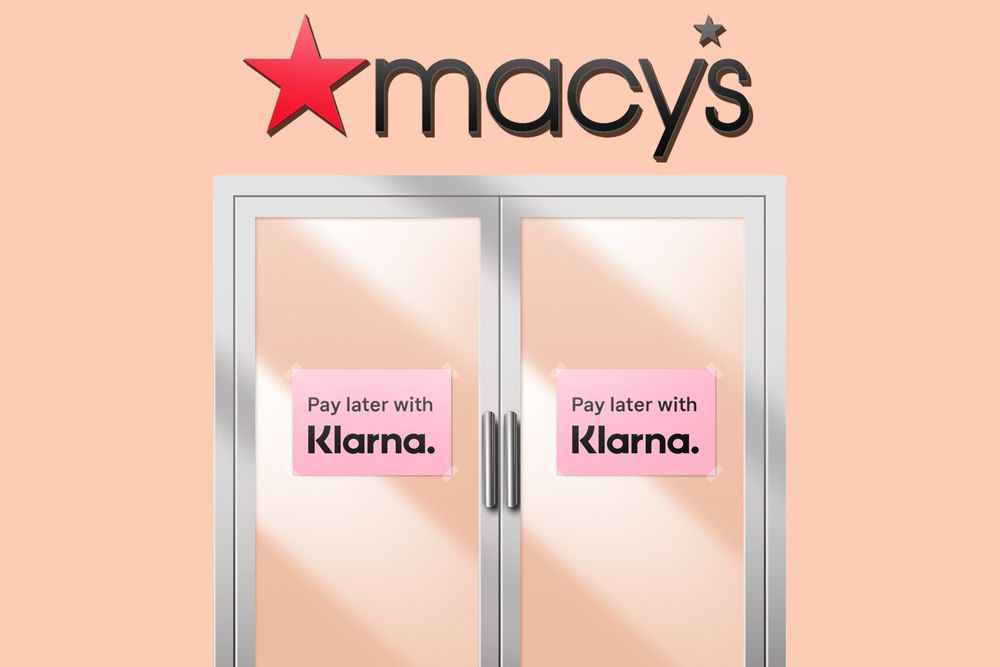
Francis Scialabba
|
Buy now, pay later (BNPL) firms like Klarna exploded in online popularity last year, with a boost from price-conscious Gen Z shoppers. In Klarna’s case, gross merchandise volume swelled 46% to $53 billion in 2020, and in March, it raised $1 billion at a $31 billion valuation. Klarna’s layaway remix isn’t yet as common in physical retail as it is online—but times may be a changin’.
Seven months after Macy’s made an undisclosed investment in Klarna, its partnership is ready for a second installment. Klarna’s BNPL service will roll out to 750+ Macy’s, Bloomingdale’s, and Bluemercury stores nationwide this month, Macy’s and Klarna told Retail Brew. The companies declined to share financial details of the partnership.
Macy’s, midway through an extensive turnaround plan, is betting Klarna’s flexible financing can lure younger shoppers back into stores. And Macy’s isn’t alone: “In the next four to eight months, you're not going to find a major retailer in the US that's not offering some sort of a flexible payment option online and in store,” David Sykes, head of Klarna US, told Retail Brew.
How do you do, fellow kids?
On its Q4 2020 earnings call, Macy’s CEO Jeff Gennette told analysts that introducing Klarna’s installment payments online was a “nice accelerant” for new shoppers—shoppers who don’t have to Google what “cheugy” means. (They’re young.)
- Overall, “Klarna users are a greater percentage under 40 than our core customer base,” Matt Baer, chief digital officer at Macy’s, told us.
- According to Klarna, 51% of shoppers who use BNPL on Macys.com are millennials or Gen Z.
Taking the partnership to stores should bring the youths along, Sykes told us, and help Macy’s grab a larger share of their allowances. In an earlier partnership with Sephora, Klarna found that average order values (AOV) jumped 65% after its installment payments were offered in store. Online, AOV only rose 35%. Klarna declined to share specific order totals.
One barrier: “Introducing BNPL solutions is more difficult in-store because it can be harder to make consumers aware the payment option is accepted,” Daniel Keyes, research associate at Insider Intelligence, told Retail Brew. “Consumers will have to do some of the work themselves as they'll have to follow an app's steps to make an in-store purchase on their own.”
- Baer said Macy’s is 1) training store associates to pitch shoppers on Klarna and 2) testing in-store signage across its three banners.
- Sykes added that Klarna will offer promotions on its app to drive shoppers to stores–like geotargeted discounts for shoppers within walking distance of a Macy’s.
Looking ahead...Klarna expects ripple effects from its wider Macy’s rollout: “When we launched online with Sephora last year, that was the catalyst for us growing so rapidly in the US,” Sykes said. “We hope the same thing will happen from a physical retail perspective with this launch with Macy’s.” — HL
|
|
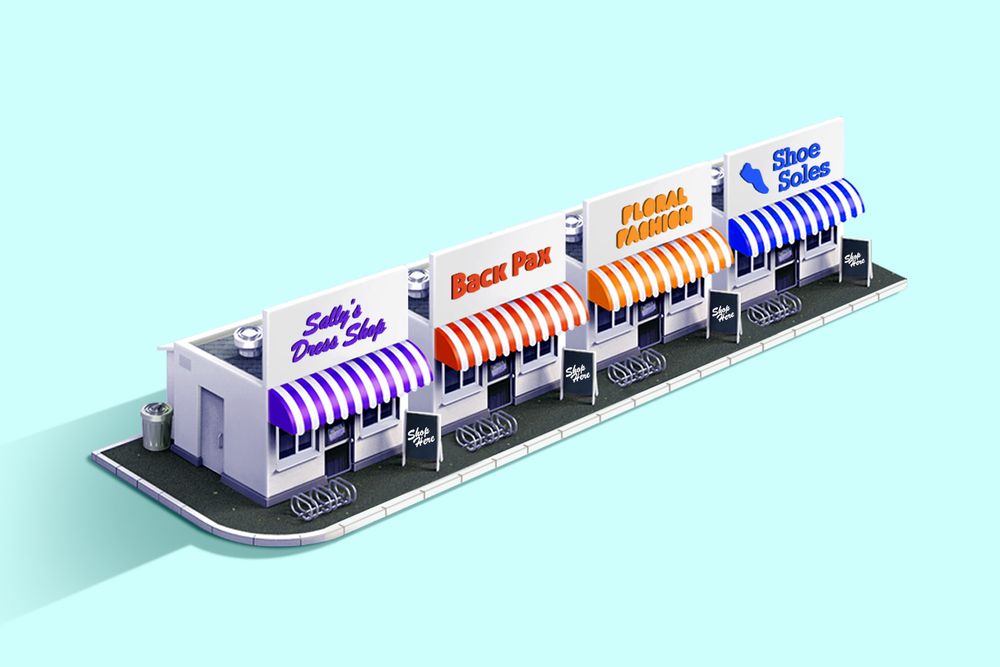
Francis Scialabba
|
With e-comm taking off in the past year, retailers will need to get creative to incentivize customers to return to their stores, Ken Fenyo, president of research and advisory at Coresight Research, told Retail Brew. To that end, some retailers are exploring experiential concepts, where consumers are offered amenities that aren’t directly related to shopping.
House of tricks: Dick’s Sporting Goods opened its biggest store ever last month, dubbed House of Sport. The 100,000-square-foot concept is located in Victor, NY, and a similar one is slated for Knoxville, Tennessee.
- Features include a rock climbing wall, a putting green and golf bays, a turf field, and an outdoor track.
- Brands like Yeti, Vans, and Nike have sections in the store, along with Dick’s private labels like Calia and VRST.
Liven it up: Nike is using experiential retail to boost its direct to consumer business and increase membership. Earlier this year the company brought its Nike Live store concept to China, where member checkout rates reached 90%. Nike plans to scale this concept up in fiscal 2022.
The pandemic forced many retailers to reevaluate their cross-channel experiences, and in-store is no different, Katie Thomas, lead at the Kearney Consumer Institute, told Retail Brew.
- “The use of online during the pandemic only increased the number of options at consumers’ disposal, so increasing brand touch points overall is a valuable tactic for consumer engagement,” Thomas told Retail Brew.
Zoom out: There’s still some hesitancy when it comes to in-store shopping. Almost 40% of shoppers say they plan to wait to start shopping at retail stores at least three months after restrictions are lifted, per a Q1 451 Research survey. — KM
|
|
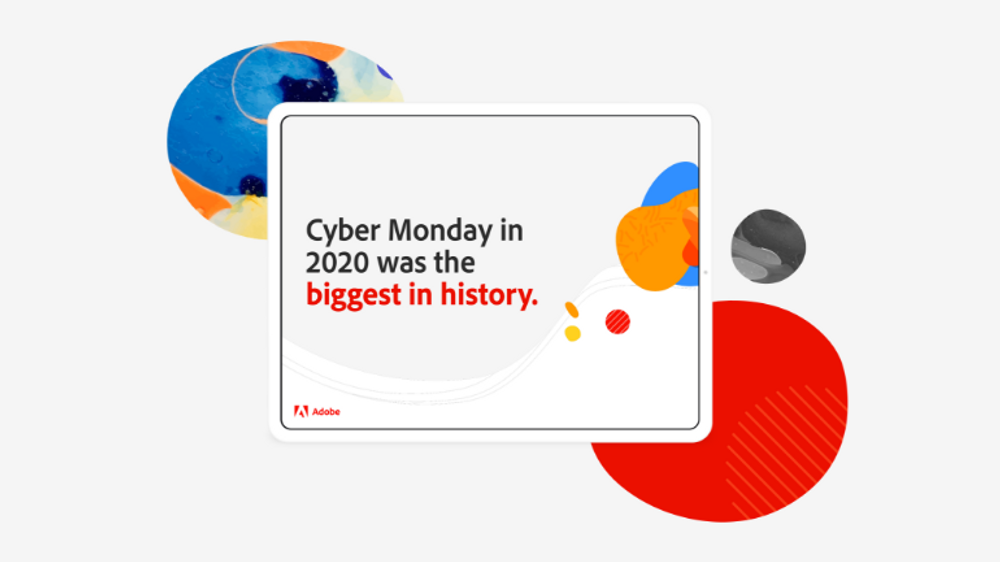
|
Here’s a little factoid for you: Cyber Monday 2020 was the biggest one ever. And 2021 doesn’t seem to be cooling off in terms of e-commerce growth.
There’s a lot of $$$ to be made, but you'll need the right strategies in place to cash in. And would you believe it? We have a way for you to do just that.
Magento Commerce is having a webinar on May 6 at 1pm ET titled "Raise Your E-commerce Marketing Game."
You’ll learn seven marketing strategies, such as:
- Personalizing content
- Personalizing product recommendations
- Coordinating strategies across all channels
- Customizing sites for different brands, markets, segments
We’d love to tell you all seven, but then we wouldn’t be doing our job and piquing your considerable interest.
Sign up for Magento’s webinar today.
|
|
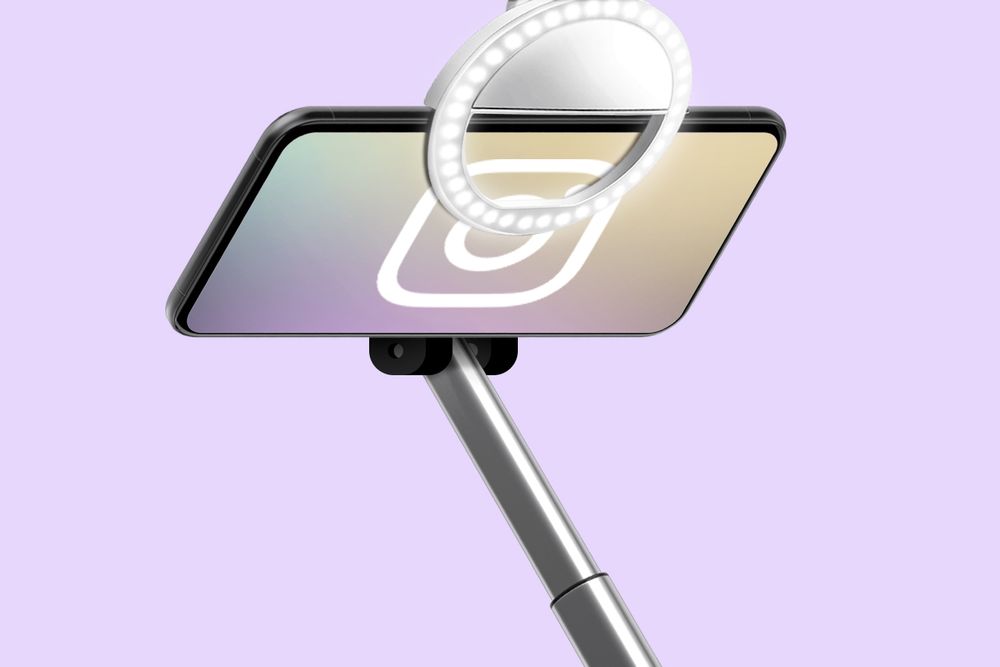
Francis Scialabba
|
There are two types of social media FOMO: the tolerable kind (seeing vaccinated friends hit Miami Beach) and the intolerable kind (watching competitors’ social commerce sales skyrocket).
To avoid the latter...Instagram execs shared updated social selling hacks at its “Instagram Presents: Fashion & Beauty Edition” event last week. Here’s what retailers hoping for a slice of IG Shops’s 250 million monthly active users’ wallets need to know.
1. Click and collections. Views on brands’ storefronts increase by about 10% in the month after they publish a “collection” of products on their account, fashion partnerships lead Emilie Fife said. The most successful accounts tie collections to trending or seasonal moments—and update ’em often.
2. Guide your shoppers. Team IG said “Guides,” a tool for saving posts for gift guides or influencer campaigns, are currently underused by brands. But they can be a platform for curated editorial experiences, like matching strong user-generated content with shoppable posts.
3. Hit record. Live selling series—like a try-on segment by Tibi or a store employee interview at Clare V.—pull in your most engaged followers with behind-the-scenes content. Broad, repeatable ideas make shoppers want to revisit your account and make more purchases.
Tap back in: Social commerce isn’t going to overtake on-site selling (yet)—it’s projected to make up 4.3% of total US e-comm sales in 2021, per eMarketer data. But Layla Amjadi, director of product management at Instagram Shopping, dropped some more tips in our last episode of The Checkout. You can watch it here. — HL
|
|
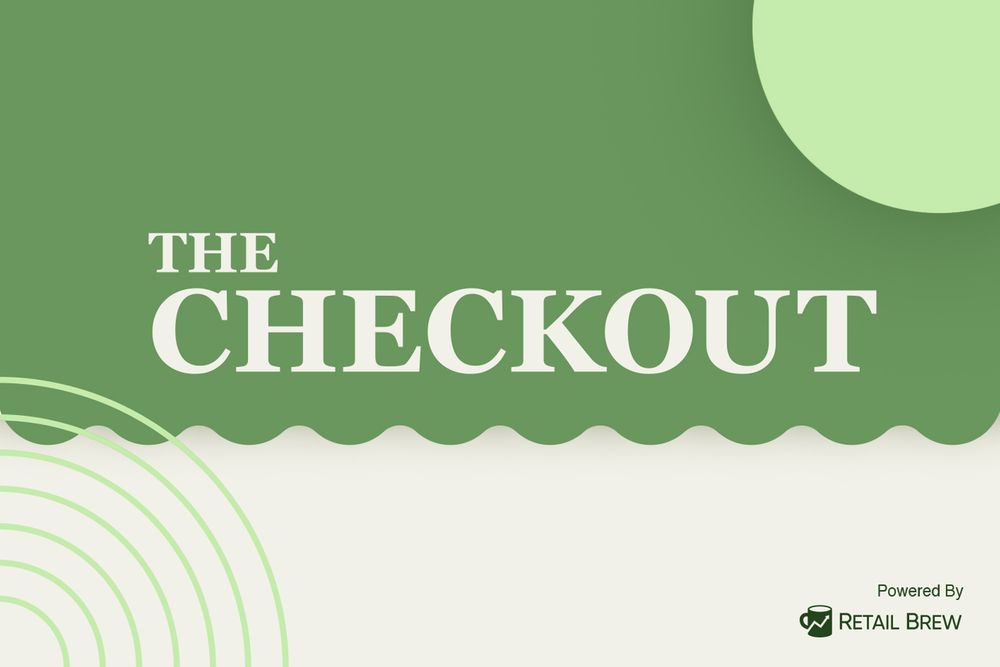
Francis Scialabba
|
Many businesses are addressing climate change, but sometimes "sustainability" is more talk than walk.
Let’s discuss: This Thursday, May 6, at 1:30pm ET, we'll chat with two sustainability leaders about their definitions of green business practices, and which sustainability methods will shape the future of retail in a post-Covid world. Hear from...
- Karla Gallardo, cofounder and CEO of Cuyana
- Saskia van Gendt, head of sustainability at Rothy’s
It's going to be an honest conversation you won't want to miss.
Ready to RSVP? Click here to register and share your questions with our panelists. We hope to see you on Thursday.
|
|
-
Kroger is piloting (sorry) drone deliveries from a Cincinnati store.
-
7-Eleven will open ~150 quick-service restaurants this year.
-
Estée Lauder sales didn't get the travel bump analysts expected.
-
Clorox may hike consumer prices.
-
Condom sales are rising across brands, CNN reports.
|
|

|
You started a bodacious biz—now what? Now you get in touch with Pilot. They’re the one-stop shop for financial back office services like bookkeeping, taxes, CFO services, AP/AR, and more. And just for you, they put together a guide called “So You Founded An E-commerce Startup: A Guide to Setting Up for Success.” It’s got all the info you need to take your startup to the moon. Download the guide here.
|
|
|
Today’s top retail longreads.
Baggage check: Catching up with the leaders of two highly scrutinized DTC brands.
- After months of C-suite turbulence, Away named cofounder Jen Rubio to the CEO slot. Here, Rubio lays out her roadmap for repairing the brand's internal culture. (Inc.)
- Michael Preysman, CEO of Everlane, shares how he’s rethinking the whole “radical transparency” tagline following criticism of Everlane's sustainability initiatives and workplace environment. (Business of Fashion)
Personal shoppers: Who’s better at ID’ing the next big apparel fads—algorithms or human trend forecasters? (Retail Dive)
Pixel perfect: How NFTs could shape the (virtual) closets of the future. (GQ)
|
|
|
Catch up on the Retail Brew stories you may have missed.
|
|
|
Written by
Halie LeSavage and Katishi Maake
Was this email forwarded to you? Sign up here.
|
ADVERTISE // CAREERS // SHOP
Update your email preferences or unsubscribe here.
View our privacy policy here.
Copyright © 2021 Morning Brew. All rights reserved.
22 W 19th St, 8th Floor, New York, NY 10011
|
|










